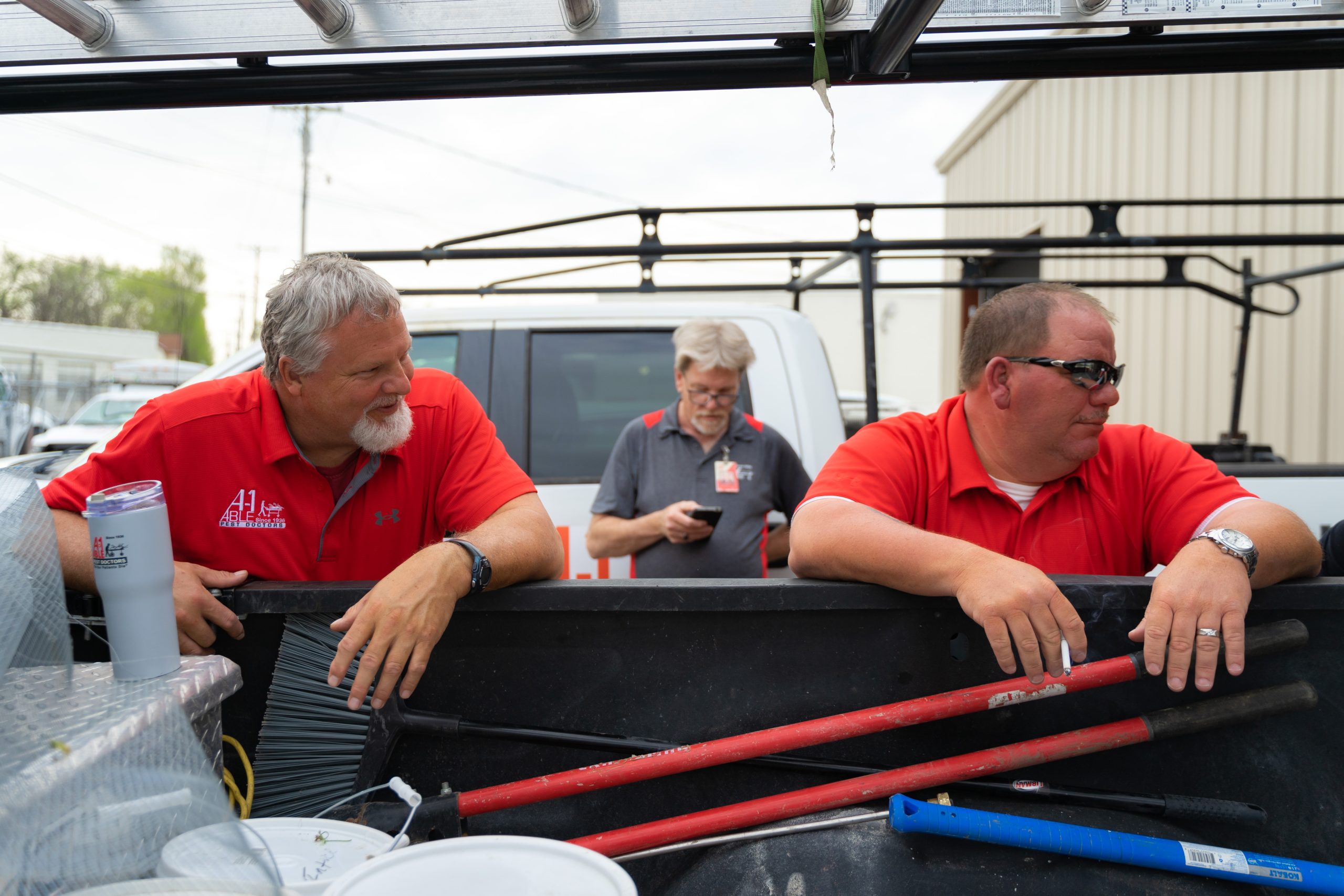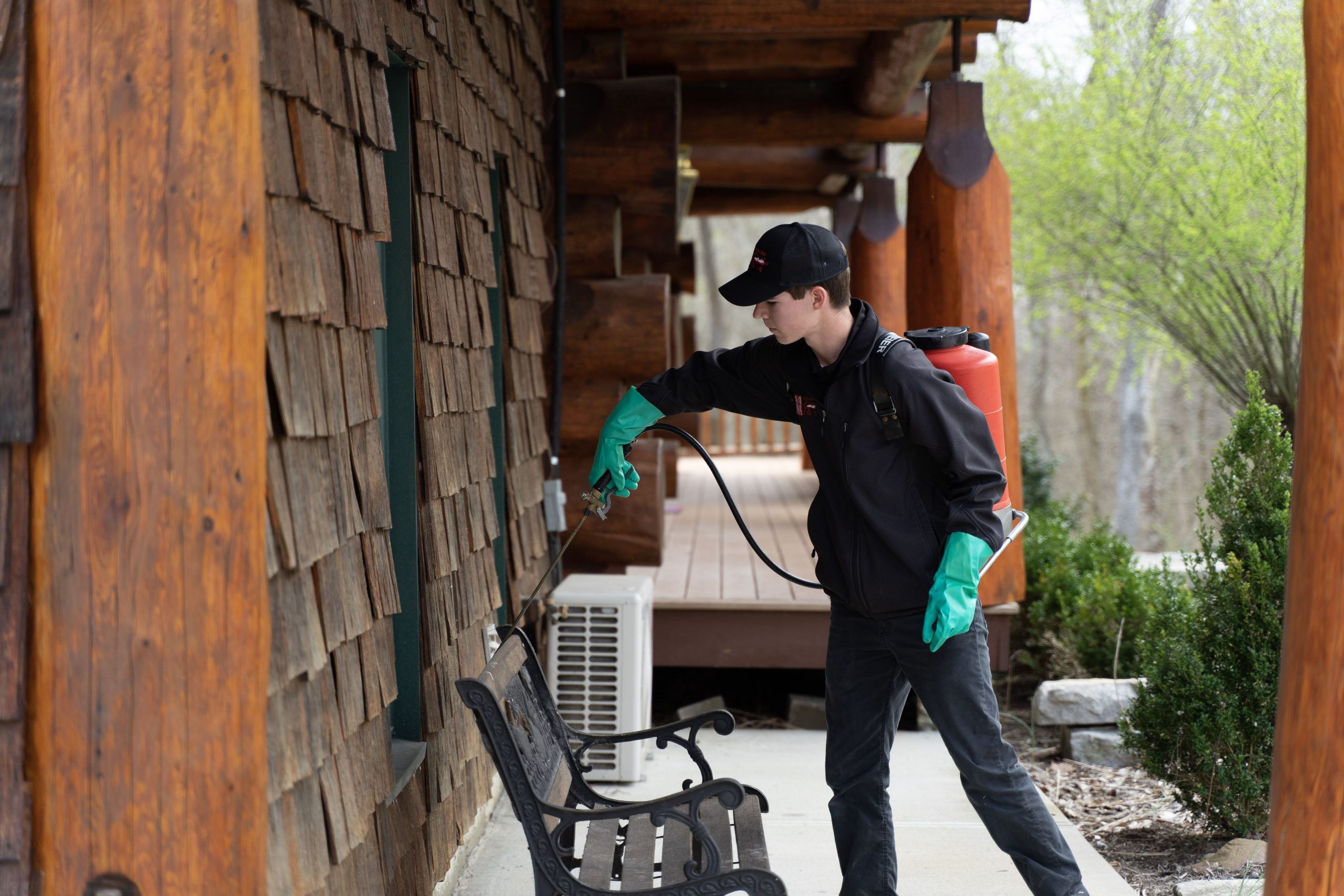
As spring approaches, so does the resurgence of pest activity. Weather plays a pivotal role in influencing the behavior and prevalence of pests during this season. Understanding the role of weather in spring pest control is crucial for effective pest management strategies for your home.
The Relationship Between Weather and Pest Behavior
Weather patterns directly impact the behavior of pests. Warmer temperatures, increased humidity, and precipitation create optimal conditions for pests to thrive. In spring, as temperatures rise, pests become more active, seeking food, water, and shelter. Therefore, your house becomes the perfect target for these creatures.
Temperature Fluctuations and Pest Activity
Temperature fluctuations during spring can trigger changes in pest behavior. Many pests, such as ants and termites, become more active as temperatures rise, venturing out in search of food sources. Conversely, sudden drops in temperature may drive pests indoors, seeking warmth and shelter. Regardless of the temperature, they will be more active in the spring.
Humidity and Pest Infestation
High humidity levels in spring create favorable conditions for pests like mosquitoes, cockroaches, and termites. Moist environments provide ample breeding grounds for these pests, leading to increased infestations. Proper moisture control is essential in preventing pest proliferation during the spring months.
Precipitation and Pest Movement
Spring showers not only bring flowers but also contribute to pest movement. Excessive rainfall can disrupt pests’ habitats, forcing them to seek shelter indoors. Additionally, standing water from rain or melting snow can attract mosquitoes, leading to breeding and potential disease transmission. Knowing how to prevent mosquitoes and other pests from entering your home is a must, especially during the springtime.
Wind Patterns and Pest Spread
Wind patterns play a role in dispersing pests during spring. Flying insects, such as flies and bees, may be carried by strong winds, potentially spreading infestations to new areas. Additionally, wind-blown debris can create entry points for pests into homes and buildings.
Effective Pest Management Strategies for Spring
Understanding the correlation between weather and pest activity is essential for implementing effective pest management strategies. Here are some tips to minimize pest infestations during the spring season:
Seal Entry Points
Inspect your home for any gaps or cracks and seal them to prevent pests from entering.
Maintain Proper Drainage
Ensure proper drainage around your property to prevent water accumulation, which attracts pests.
Keep Food Stored Securely
Store food in airtight containers and clean up spills promptly to avoid attracting pests like ants and rodents.
Trim Vegetation
Keep shrubs, trees, and grass trimmed to reduce hiding spots for pests and minimize their access to your home.
Schedule Regular Pest Inspections
Consider scheduling professional pest inspections to identify and address potential infestation issues early on.
Spring pest control is heavily influenced by weather. By understanding how temperature, humidity, precipitation, and wind patterns affect pest behavior, homeowners can take proactive measures to mitigate pest infestations. Implementing effective pest management strategies is essential for maintaining a pest-free environment and enjoying the beauty of spring without unwanted visitors. If you are looking for more tips on how to pest-proof your house this spring, call A-1 Able Pest Doctors. With over 85 years in the industry, we have the solutions to your pest needs, so call today!
continue reading
Related Posts
Pest control is an ongoing commitment essential for maintaining a […]
Spring brings about a resurgence of life, but along with […]



